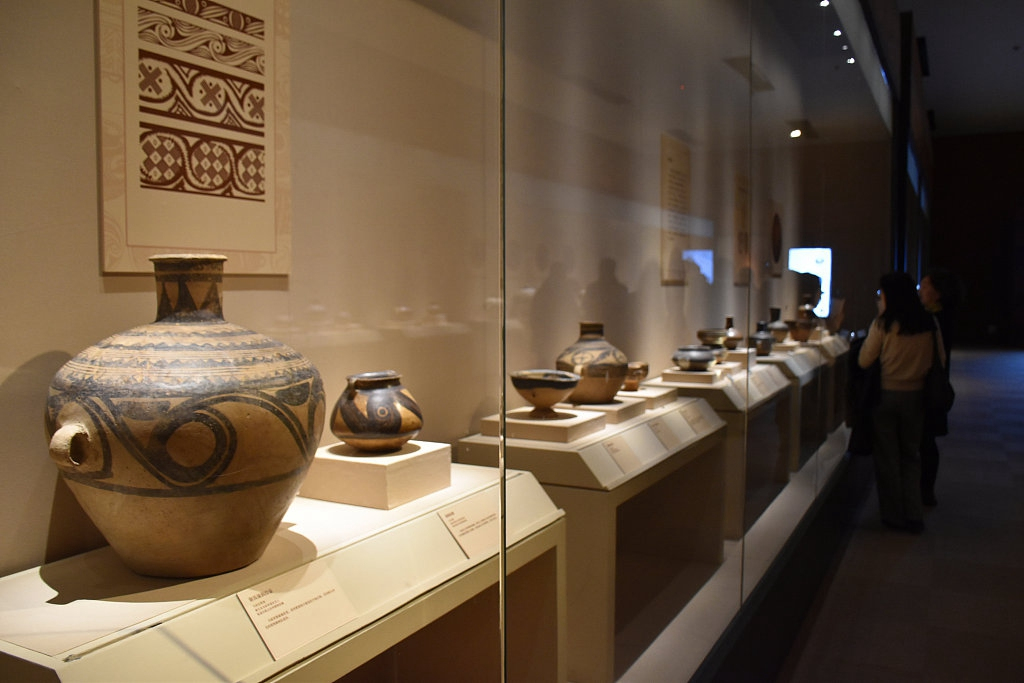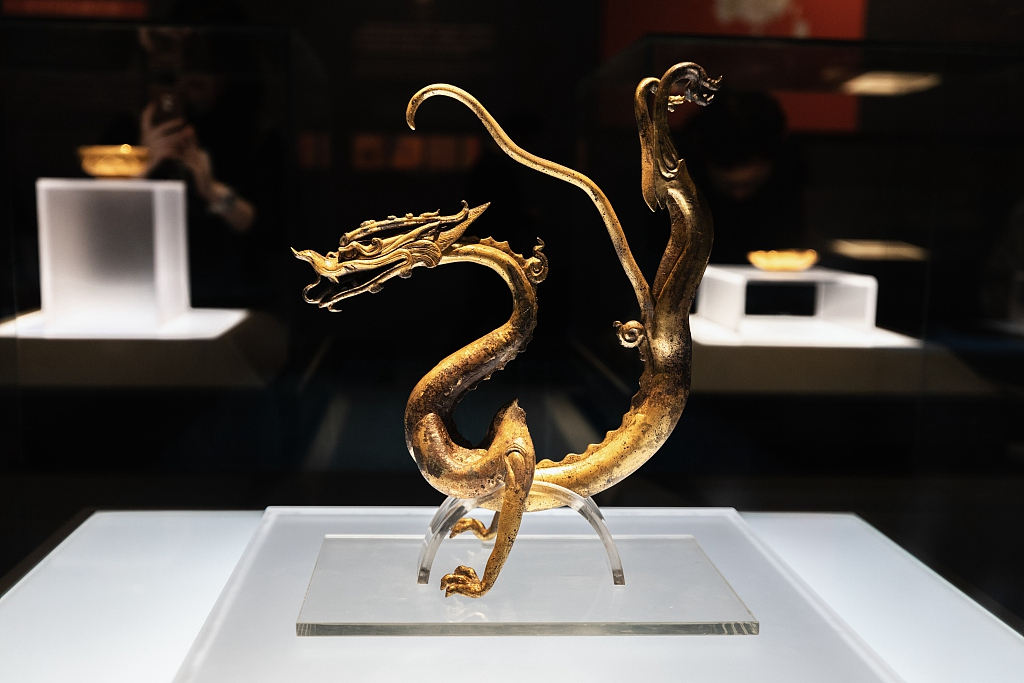The outbreak of COVID-19 has been curbed across China, and museums, after shutting down for two months, have gradually reopened to the public.
However, it may still be some time before visitor volumes return to normal levels. Most of the reopened cultural venues still have limitations on visitor numbers, and frequent disinfections are also required.
Therefore many museums, even those that have resumed their operations, have maintained the online exhibitions they adopted during the shutdown. The new form of museum-going may stay forever.

Shenyang Palace Museum, Shenyang, Liaoning Province, China, March 17, 2020. /Xinhua
Shenyang Palace Museum, Shenyang, Liaoning Province, China, March 17, 2020. /Xinhua
Unexpected trending of emergency plan
Starting in February, a number of cultural institutions and businesses, including museums, brick-and-mortar bookstores, operas, orchestras, tourist attractions and homestays, joined the livestreaming boom.
Instead of selling products like e-commerce platforms such as Taobao.com, they introduced their collections to viewers at home.
According to China Youth Daily, at least 10 million people watched the livestreams launched by eight museums within half a day in late February.

Pottery vessels on display at the National Museum in Beijing, China. /VCG
Pottery vessels on display at the National Museum in Beijing, China. /VCG
The hosts of the livestreams are mostly researchers and professional guides from the museums. By combining the historical and artistic values of the items on display, the hosts also added a pop-culture element while introducing the cultural relics. Some even adopted a talk show style, attracting millions of virtual visitors.
The emergency plan also provided a chance for cultural events, and wider society, to pilot a huge digital experiment.
Now, with the necessity of the online exhibitions fading, the result of the "experiment" may stay.
The future of online exhibition and other events

Cultural relics at Shaanxi History Museum. /VCG
Cultural relics at Shaanxi History Museum. /VCG
Shaanxi History Museum reopened on March 25, with its daily visitor volume controlled at under 1,000 per day. For now, the museum maintains its online exhibitions.
Wang Xiaoyong, an expert at the Shaanxi Academy of Social Sciences, said museums should seize the opportunity, and by updating their technological facilities normalize the online showcasing of their collections.
He believes by offering a different way of touring the museum, the public is able to make a choice and have easy access to rich cultural resources.
Shaanxi's capital Xi'an City once served as the capital for 13 dynasties in ancient China, leaving behind a huge number of cultural relics. So far, 38 museums or memorial halls and 25 other cultural attractions have opened to the public, but most of them have also maintained online exhibitions.
(Cover image designed by Du Chenxin)